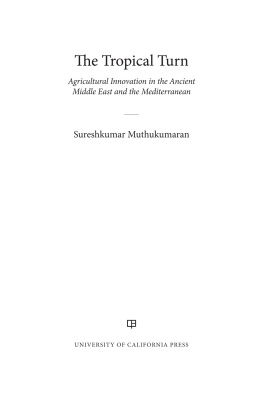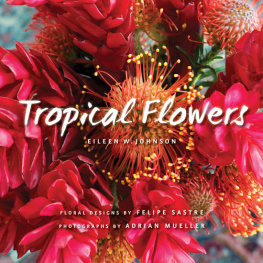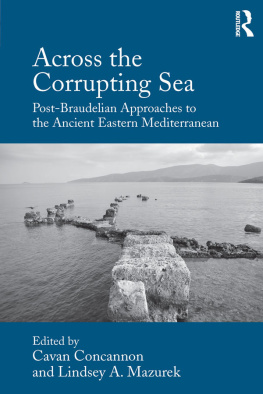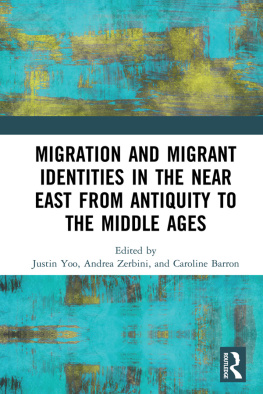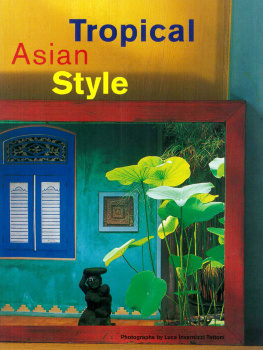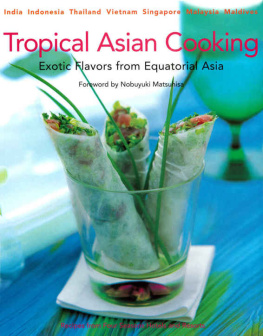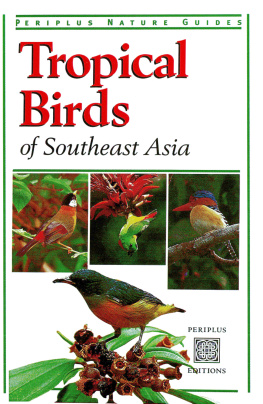PREFACE AND ACKNOWLEDGMENTS
This book responds to the growing demand to understand Afro-Eurasia as a cohesive and meaningful historical unit underlain by recurring patterns of connectivity by land and sea. It uses the anthropogenic mobility of cultivated plants and other biological materials as a roadmap for understanding cross-cultural exchanges and the movements of people through space and time. It is my hope that this model of writing history, which uses diverse data sets and organic materials as proxies for human endeavors, will be applied to other temporal and spatial units. It is also my intention that this publication sustain and develop ongoing dialogues between practitioners and readers of the historical, social, and biological sciences.
As a historian by training, it is also my desire that this book dissolves barriers within the field of ancient history. Too often the practice of ancient history is compartmentalized and parochialized along regional and linguistic lines. This not infrequently results in the failure to observe organic interconnections between societies, whether close together or far apart. I especially owe this books expansive vision of history to my undergraduate and postgraduate education at University College London.
A book attempting a synthesis of this order naturally stands on the shoulders of giants, be they my own teachers and mentors or the many gurus through space and time with whom my only contact was through the printed word. I owe a particular debt of gratitude to Karen Radner (Munich) for her unstinting support as my primary PhD supervisor and her enthusiasm for all things Assyrian. I would also like to thank a number of brilliant educators and mentors I had the pleasure of interacting with at UCL, Oxford, and Yale-NUS College, including Amelie Kuhrt, Riet van Bremen, Eleanor Robson, Dorian Fuller, John Ma, Nicholas Purcell, David dAvray, Rajeev Patke, and Pattaratorn Chirapravati. For the many fond memories of conversational Sanskrit in both Heidelberg and Varanasi, a special thanks to the Heidelberg Sanskritists, especially Ute Hsken and Sadananda Das.
This book has also immensely benefited from the comments and assistance of its astute and kind reviewers, Robert Spengler (Jena) and Daniel Fuks (Cambridge). Many thanks to both of them. Any remaining errors of interpretation remain entirely my own. I should also like to thank Peter Palm (Berlin), who drew all the maps in this book on short notice. For trusting in the premise of the book and painlessly guiding the publication process, I am indebted to editor Eric Schmidt and editorial assistant LeKeisha Hughes. My gratitude is also due to the meticulous copyeditor Roy Sablosky, production editor Cindy Fulton, and others on the publishing team. I am especially grateful to the University of California Press for supporting the publishing process through its FirstGen program. Finally, a massive thank you to my parents, Indira and Muthukumaran; siblings, Rathika and Geetha; and friends for their unfailing encouragement.
ABBREVIATIONS
ASSYRIOLOGY
ARM 21 | J-M. Durand, Archives royales de Mari XXI: Textes administratifs des salles 134 et 160 du Palais de Mari . Paris: Librairie Orientaliste Paul Geuthner, 1983. |
BAM 2 | F. Kcher, Die babylonisch-assyrische Medizin in Texten und Untersuchungen, Band 2: Keilschrifttexte aus Assur 2 . Berlin: De Gruyter, 1963. |
BBS | L.W. King, Babylonian Boundary-Stones and Memorial Tablets in the British Museum. London: British Museum, 1912. |
BdI Adab | F. Pomponio, G. Visicato, and A. Westenholz, Le Tavolette Cuneiformi di Adab delle Collezioni della Banca dItalia. Rome: Banca dItalia, 2006. |
BE 9 | A.T. Clay and H.V. Hilprecht, Business Documents of Murash Sons of Nippur Dated in the Reign of Artaxerxes I (The Babylonian Expedition of the University of Pennsylvania, vol. 9). Philadelphia: University of Pennsylvania, 1898. |
BM | British Museum Tablets. |
Cam | J.N. Strassmaier, Inschriften von Cambyses, Knig von Babylon. Leipzig: Pfeiffer, 1890. |
CBS | Museum siglum of the University of Pennsylvania Museum of Archaeology and Anthropology (Catalogue of the Babylonian Section). |
CT 2 | T.G. Pinches, Cuneiform Texts from Babylonian Tablets in the British Museum 2 . London: British Museum, 1896. |
CT 14 | R.C. Thompson, Cuneiform Texts from Babylonian Tablets in the British Museum 14 . London: British Museum, 1902. |
CT 37 | S. Smith, Cuneiform Texts from Babylonian Tablets in the British Museum 37 . London: British Museum, 1923. |
CT 49 | D.A. Kennedy, Cuneiform Texts from Babylonian Tablets in the British Museum 49: Late Babylonian Economic Texts. London: British Museum, 1968. |
CT 55 | T.G. Pinches, Cuneiform Texts from Babylonian Tablets in the British Museum 55 . London: British Museum, 1982. |
CT 56 | T.G. Pinches, Cuneiform Texts from Babylonian Tablets in the British Museum 56 . London: British Museum, 1982. |
Dar. | J.N. Strassmaier, Inschriften von Darius, Knig von Babylon. Leipzig: Pfeiffer, 1897. |
EA | A. Rainey, The El-Amarna Correspondence , 2 vols. Leiden: Brill, 2015. |
ETCSL | J.A. Black, Cunningham, J. Ebeling, E. Flckiger-Hawker, E. Robson, J. Taylor, and G. Zlyomi, The Electronic Text Corpus of Sumerian Literature. Faculty of Oriental Studies, University of Oxford (http://etcsl.orinst.ox.ac.uk/), 19982006. |
GCCI 2 | R.P. Dougherty, Archives from Erech, Neo-Babylonian and Persian Periods (Goucher College Cuneiform Inscriptions 2). New Haven, CT: Yale University Press, 1933. |

